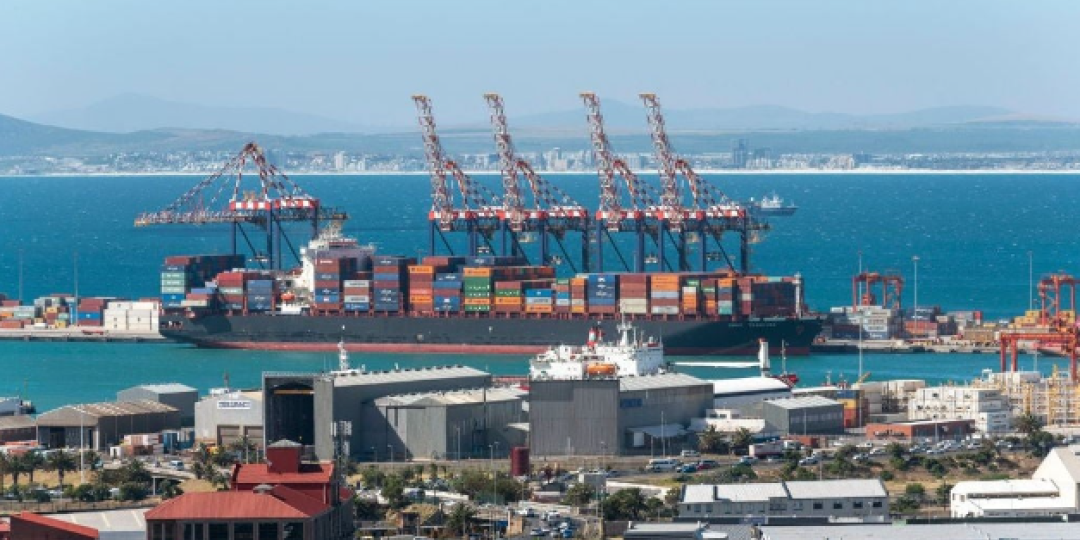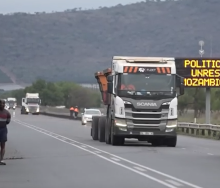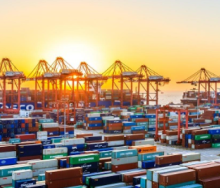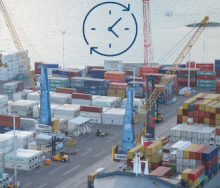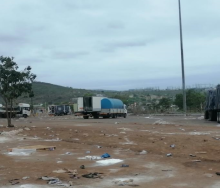Adverse weather along South Africa’s coastline continued to affect container movement at the country’s ports, with Table Bay – as is often the case – bearing the brunt of nature’s ferocity.
Weather warnings issued by the Port of Cape Town, which was wind-bound on the morning of August 27 and did not allow any box movement, also cautioned cargo owners and freight-forwarding agents not to expect any change to the situation until Thursday.
According to the South African Association of Freight Forwarders (Saaff), wind speeds in excess of 60 kilometres an hour were recorded at the Cape Town Container Terminal (CTCT) on Tuesday morning.
In its latest Cargo Movement Update, compiled in conjunction with Business Unity SA, Saaff also reported “a low average” in container movement across the port spectrum.
Bad weather, for the most part, the update stated, had forced down week-on-week throughput from 7 036 containers per day to 6 747, causing a productivity decrease of about 4%.
Looking at a combined picture of port performance, Saaff/Busa reported that “operations were primarily impacted by adverse weather conditions, distressed vessels, equipment breakdowns, and vessel ranging”.
“Strong winds and vessel ranging ensured operational delays in Cape Town this week, while operations in Durban were mainly constrained by strong winds, a fire at Berth 108, and equipment breakdowns.”
As for the current situation in Cape Town, regular source and columnist for Freight News, Berry & Donaldson customs liaison officer Clifford Evans, said the wind was howling and making it very difficult for any ship-to-shore or quayside movement to take place.
“The wind may not seem that strong, but inside the terminal, it’s bad,” he said. “The wind speed tends to increase at CTCT because of the position of the terminal. The wind gets channelled around the mountain and goes down into the terminal itself.”
He said gusting was the biggest hindrance to safely working vessels at the moment.
“It dies down and then suddenly picks up while boxes are being lifted off vessels, causing cranes to sway wildly. It’s not safe at all. As a result, no ship-to-shore movement is taking place.”
Consequently, harbour carriers are also not allowed inside the port as it congests the terminal when trucks are allowed in, but no loading is taking place.
“Trucks that are already inside the terminal – they will try and get them serviced if they can. But the port won’t allow any other trucks or allocate any booking slots as traffic inside the port only builds up when no STS movement is taking place.”
